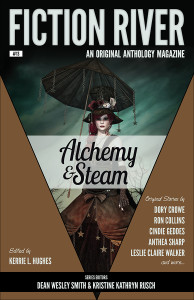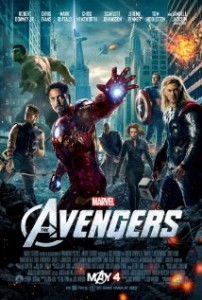Method acting (using memories of your own painful experiences in order to convey that same emotion in a performance) is a subject that actors often have opposing views on. Either they think it’s the only way to effectively convey strong emotions or they think it’s a cheat that does more damage to the actor’s psyche then it’s worth.
Oddly, method writing doesn’t have the same stigma. Maybe it’s because it’s incredibly hard to create when we’re feeling strong emotions like grief. It could also be because some of those experiences were so painful that we don’t want to revisit those memories for any reason. However, if you are able to string words together in the proper order when those painful moments arise you can use them to add depth and authenticity to your writing that it may not otherwise have.
Last year I attended the Anthology Workshop that Kristine Kathryn Rusch and Dean Wesley Smith do every winter. It’s very intense and requires a lot of prep work; most of which is writing six short stories for six specific themed anthologies, each edited by a different professional editor, in six weeks. I was determined to write all six. Not only did I want to get the most out of the workshop (it’s not cheap) but I also didn’t want to let Kris and Dean down since they were kind enough to let an unpublished writer (me) into the workshop.
Unfortunately the day I started writing the first story my cat stopped eating. She was almost nineteen years old and her mobility had been declining for several months. In fact I had to place the giant tackle box I store my make-up and hair pieces in (old theater habit) next to the bed so she could use it as a stair. Having watched her brothers go through a similar decline prior to their deaths, I knew what was coming.
I had so much invested in the workshop that I was hesitant to pull out, especially since I didn’t know exactly how long she had left. She outlived her eldest brother by a decade so I kept writing in the hope that she would hang in there long enough for me to finish the last story. All of this weighed heavily in my mind when I wrote Blood Moon Carnival, which is in the anthology pictured above. All of the sadness, fear, and grief I felt I poured into that story. It wasn’t easy but the end result was definitely worth it. Without that experience the protagonist’s reactions wouldn’t have right. Grief for a friend or grandparent, while intense, is different than grief for a spouse or child — something I didn’t realize until I experienced it.
As I said before, because it’s hard to create when intense emotions like this take over your mind you shouldn’t feel bad if you can’t utilize them in the moment. I think the only reason it worked for me was that I did it prior to her death. I certainly couldn’t have done it right after her passing. If you’re not able to use the experience while the memories are still fresh, you can draw on them later. These kind of memories don’t diminish with time.


